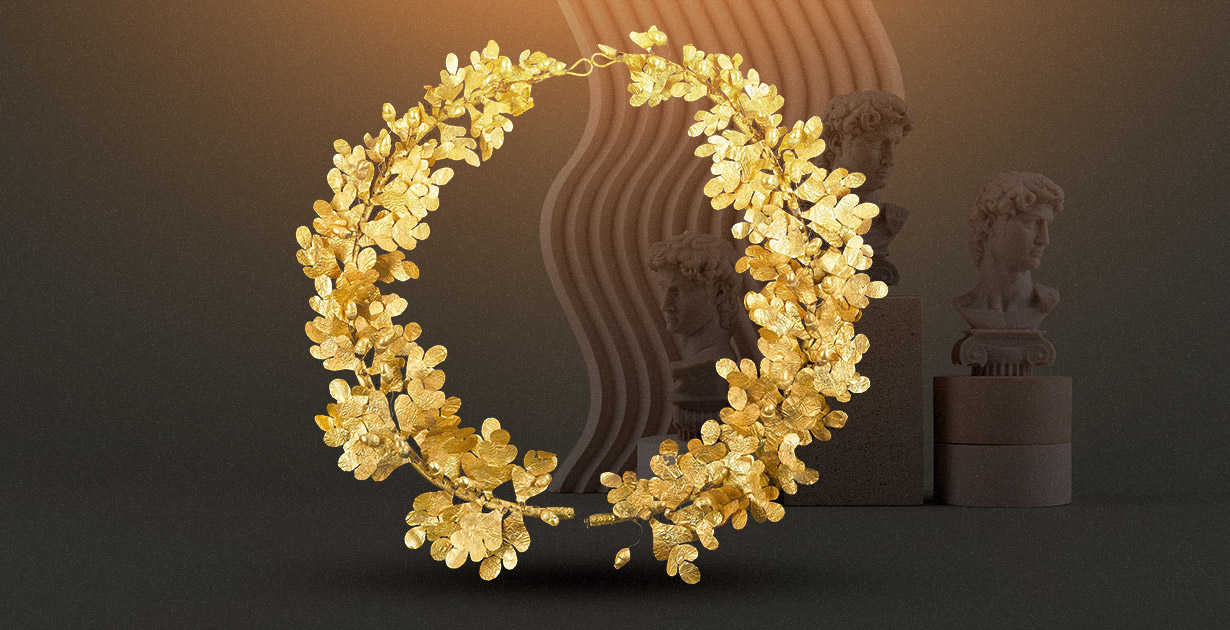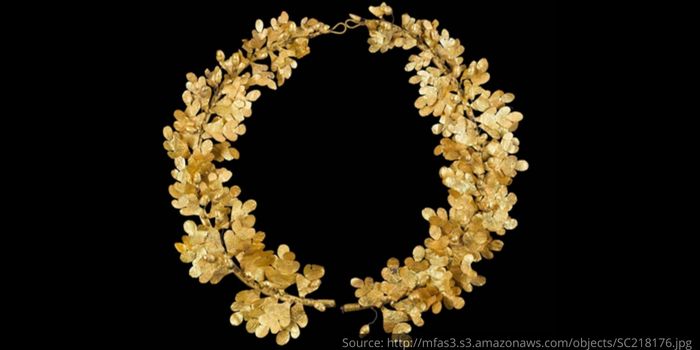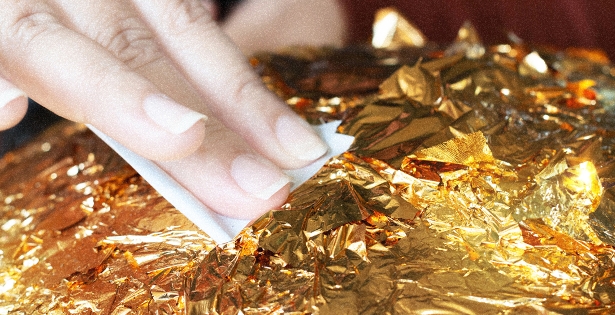
Gold jewelry of Hellas
We tell about the most valuable gold jewelry of Ancient Greece.
Gold — a godsent gift
In Ancient Greece, gold was associated with the gift of the gods. It suffices to recall the mythology of the Hellenes: Golden Apples of the Hesperides that bestow immortality, the Golden Fleece, as a symbol of prosperity, or the legendary Shield poetized by Homer in the “Iliad”, which Achilles received as a gift from the god of fire Hephaestus.
The possession of the precious yellow metal for the inhabitants of Hellas was the main symbol of status. Jewelry, clothing items, armor, chariots, dishes and interior items were made of it.
Legends and myths of Ancient Greece
Especially popular themes among jewelers were mythological plots. Olympic gods and heroes: Artemis, Dionysus, Athena, Hercules and others were often depicted on ring-shaped earrings and rings.
 In the photo: an earring with the image of the goddess of victory Nike. The item was made by Greek jewelers at the end of the 4th century B.C. Made of gold.
In the photo: an earring with the image of the goddess of victory Nike. The item was made by Greek jewelers at the end of the 4th century B.C. Made of gold.
Statues, executed in the technique that was typical for the ancient art, were often placed in temples. Statues were made of wood, covered with ivory plates to the core. All the elements of clothing and hair were made of gold. For example, this kind of technique was used in the making of the statue of Zeus at Olympia — one of the Seven Wonders of the World. It took 200 kg of gold for its creator (Phidias) to complete the work. The image of the Thunderer did not survive to the present day.
Golden wreaths of Greeks — the mark of distinction
Hellenistic masters liked to use flower, leaves and plant branches as ornaments. Golden wreaths of Greek craftsmanship served to citizens of Ancient Greece as a mark of their distinction. As a reward, they were handed to rulers, soldiers, winners of battles and sports competitions.

In the photo: the wreath. The 4th century B.C. Diameter — 3.5 cm. Oak leaves and acorns are made of gold leaf. The jewel is currently stored in the Museum of Fine Arts in Boston (USA.)
The legacy of the centuries
Many of the jewelry masterpieces that have been preserved since ancient times survived until today. Some of them are exhibited in the largest museums of the world, some became pearl pieces of private collections. The largest collection of gold jewelry that belongs to the ancient Hellenes era is stored in the Hermitage (St. Petersburg, Russia.) The rarest specimens are showcased in the Louvre (Paris, France), the Museum of Fine Arts (Boston, USA), the Metropolitan Museum (New York, USA), the State Collections of Antiquities (Munich, Germany) and others.

In the photo: the necklace with sixteen pendants made in the form of Selena and Medusa masks. Length — 23.5 cm. It is dated to the 6th century B.C. It is executed in the hammered gold technique. It is stored in the National Archaeological Museum of Florence (Italy).
Hellenes left behind not only traces of material, but also spiritual culture. From the ancient times, mankind has come to realization that intellect and wisdom always outweigh wealth.
We can say that the fashion for gold, as a symbol of success, came to us precisely from Ancient Greece. It is not without reason that we call the heritage of Hellas the “Golden Age”.
The gold of Hellas is not the only thing that ancient civilizations left us. Scandinavia is also full of treasures and secrets that are revealed thanks to archaeological discoveries.
Discover the secrets that are hidden in the ancient armor and jewelry of the historical and cultural region in northern Europe, in our article “The ancient gold of Scandinavia: Denmark’s greatest archaeological discoveries.”





